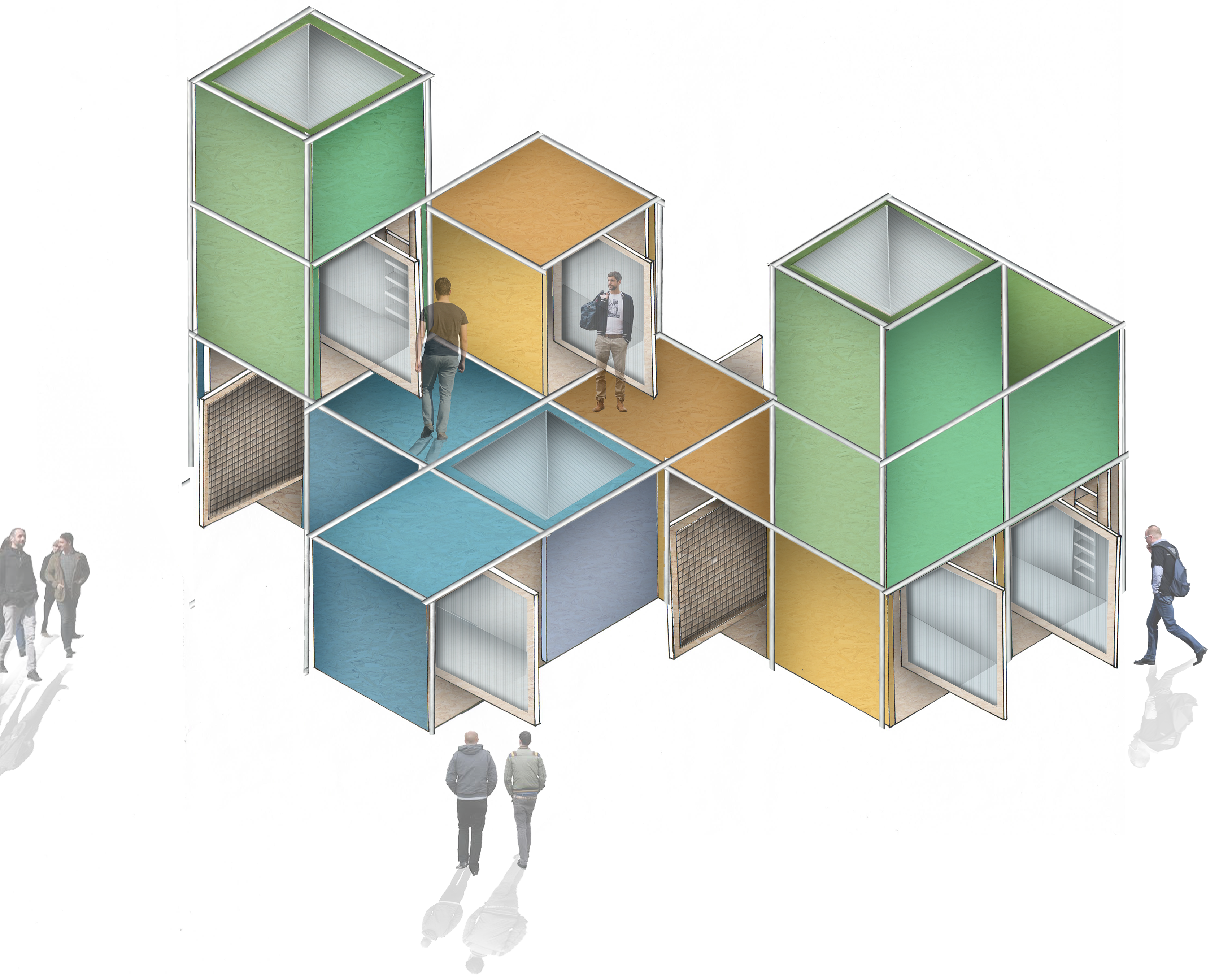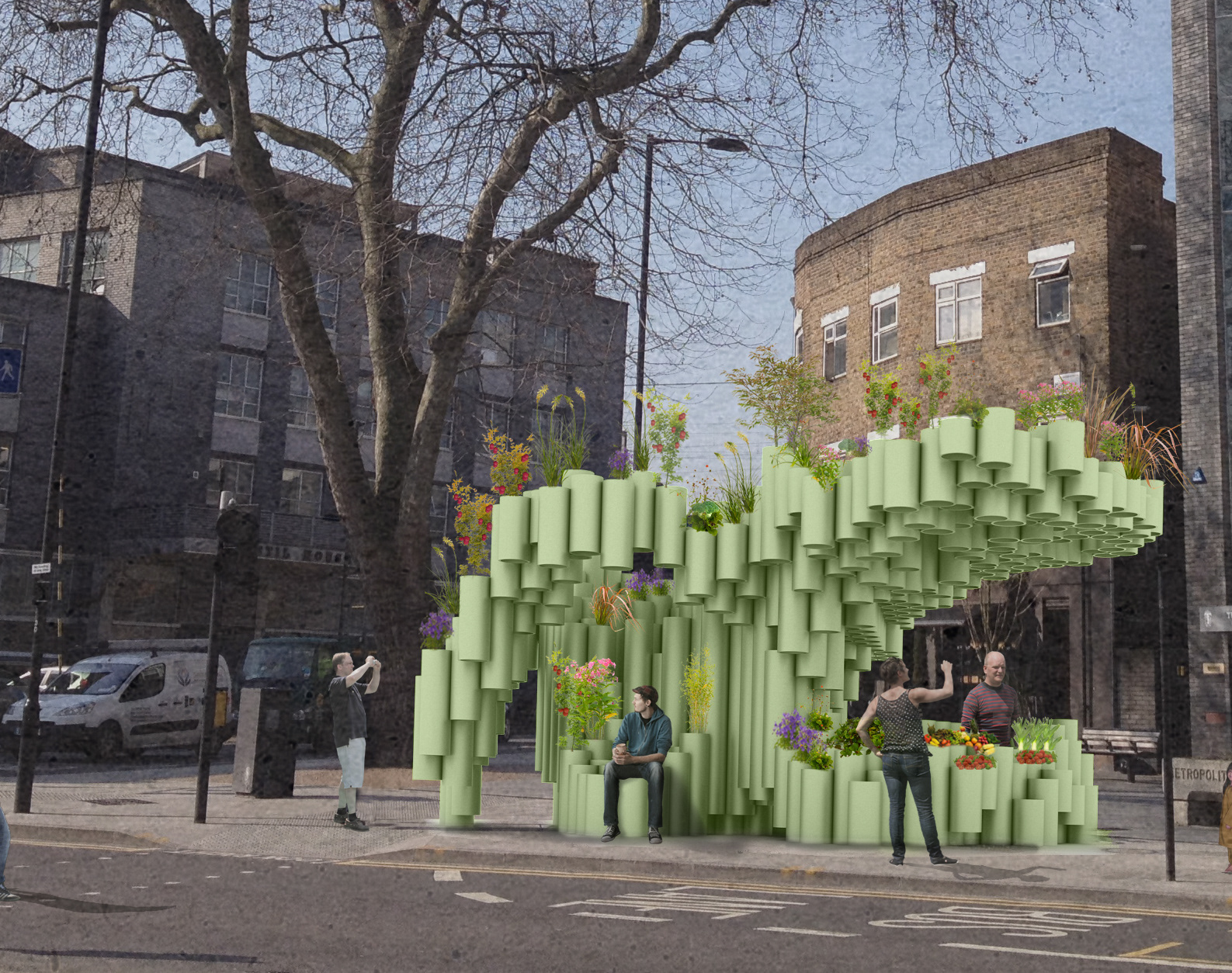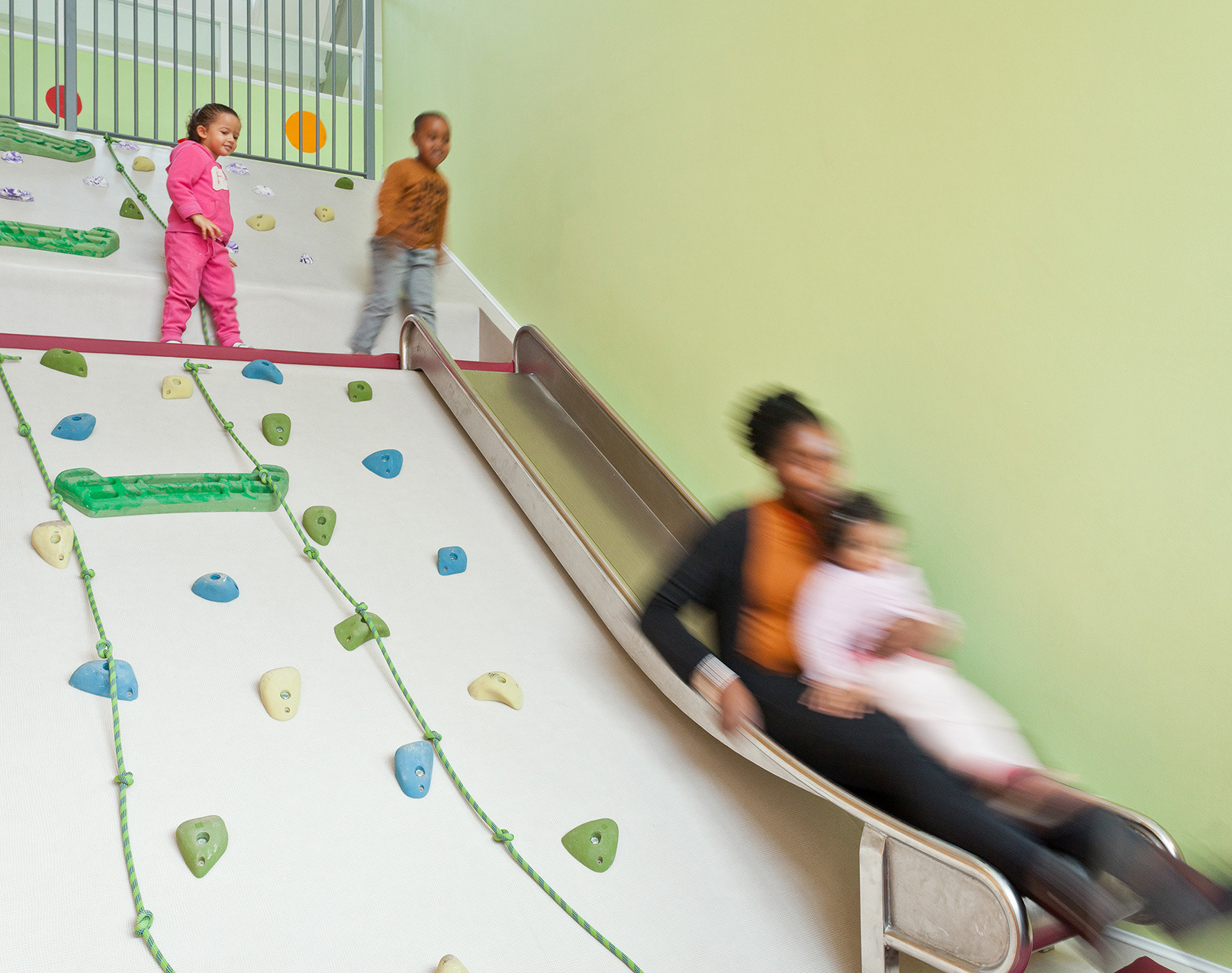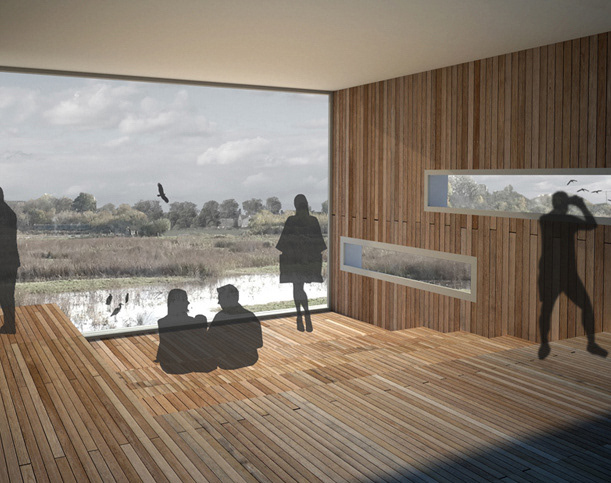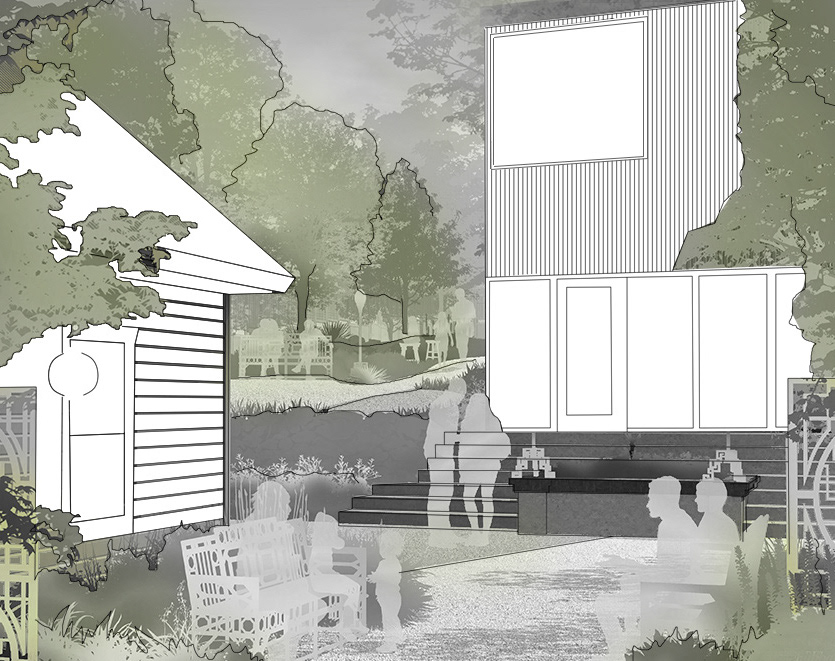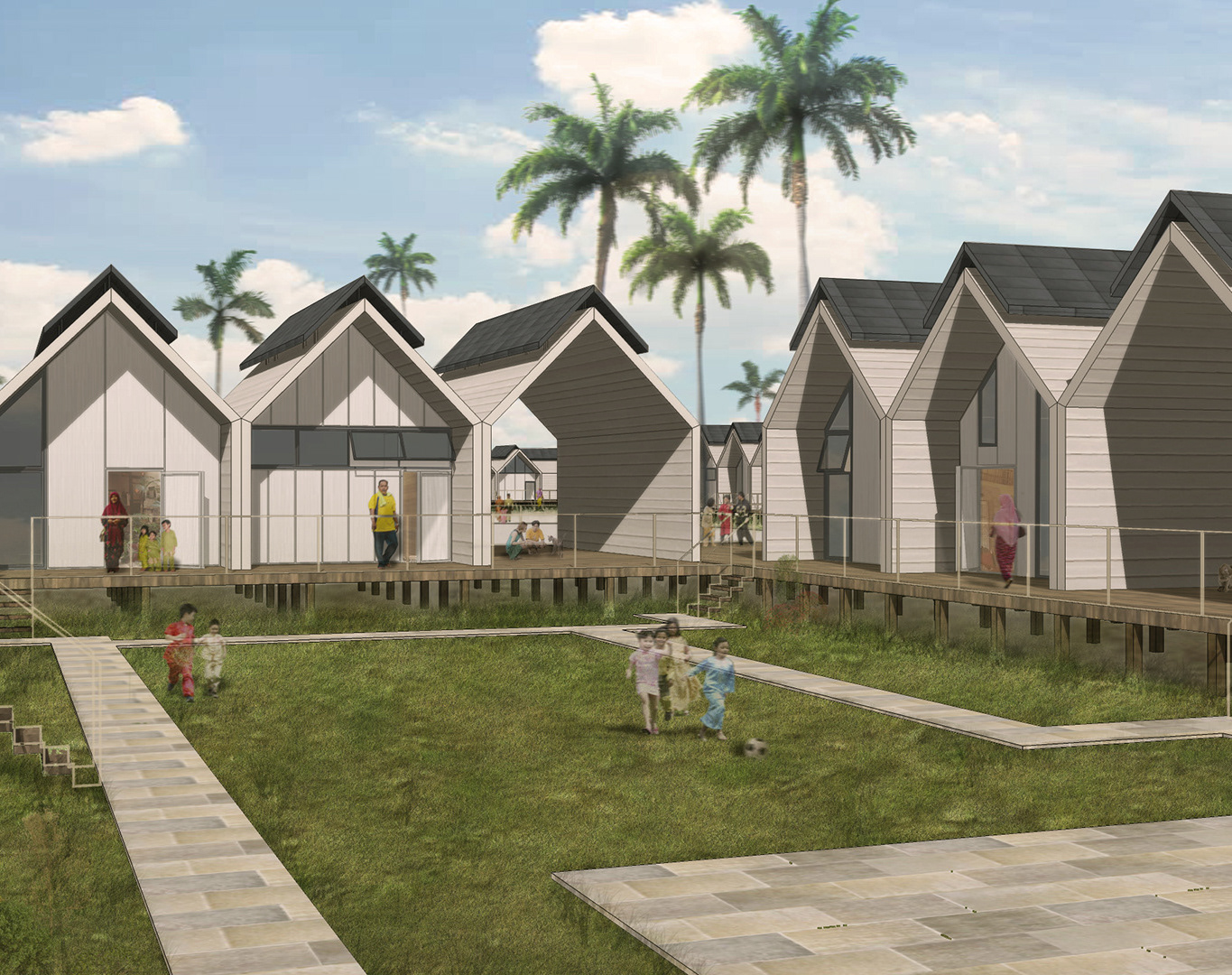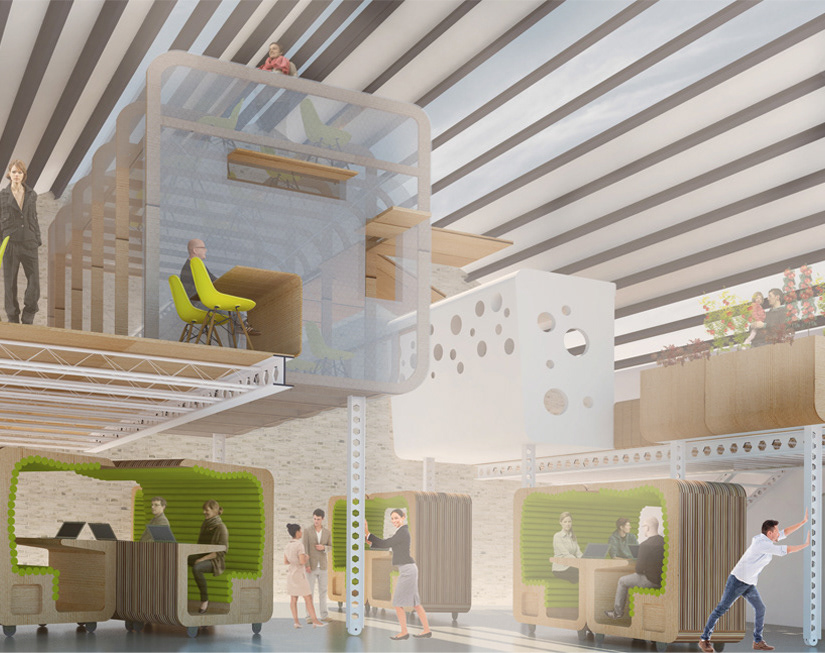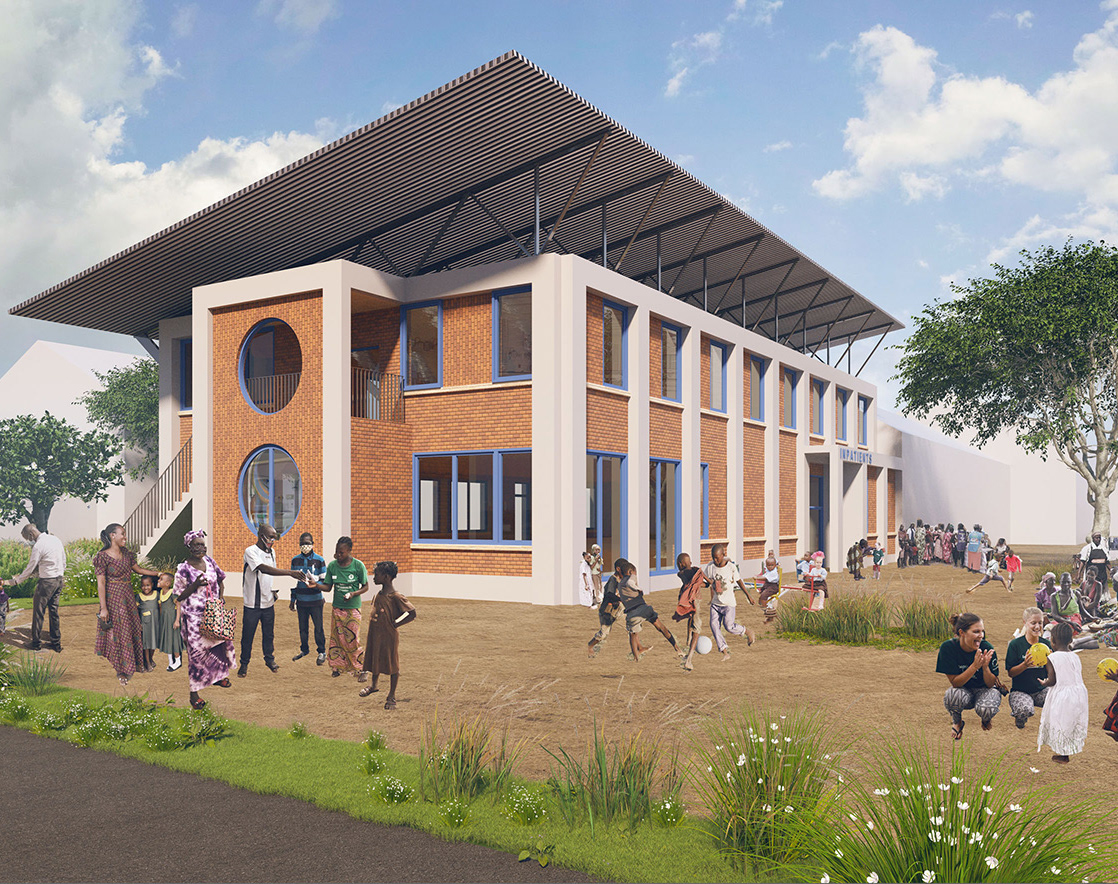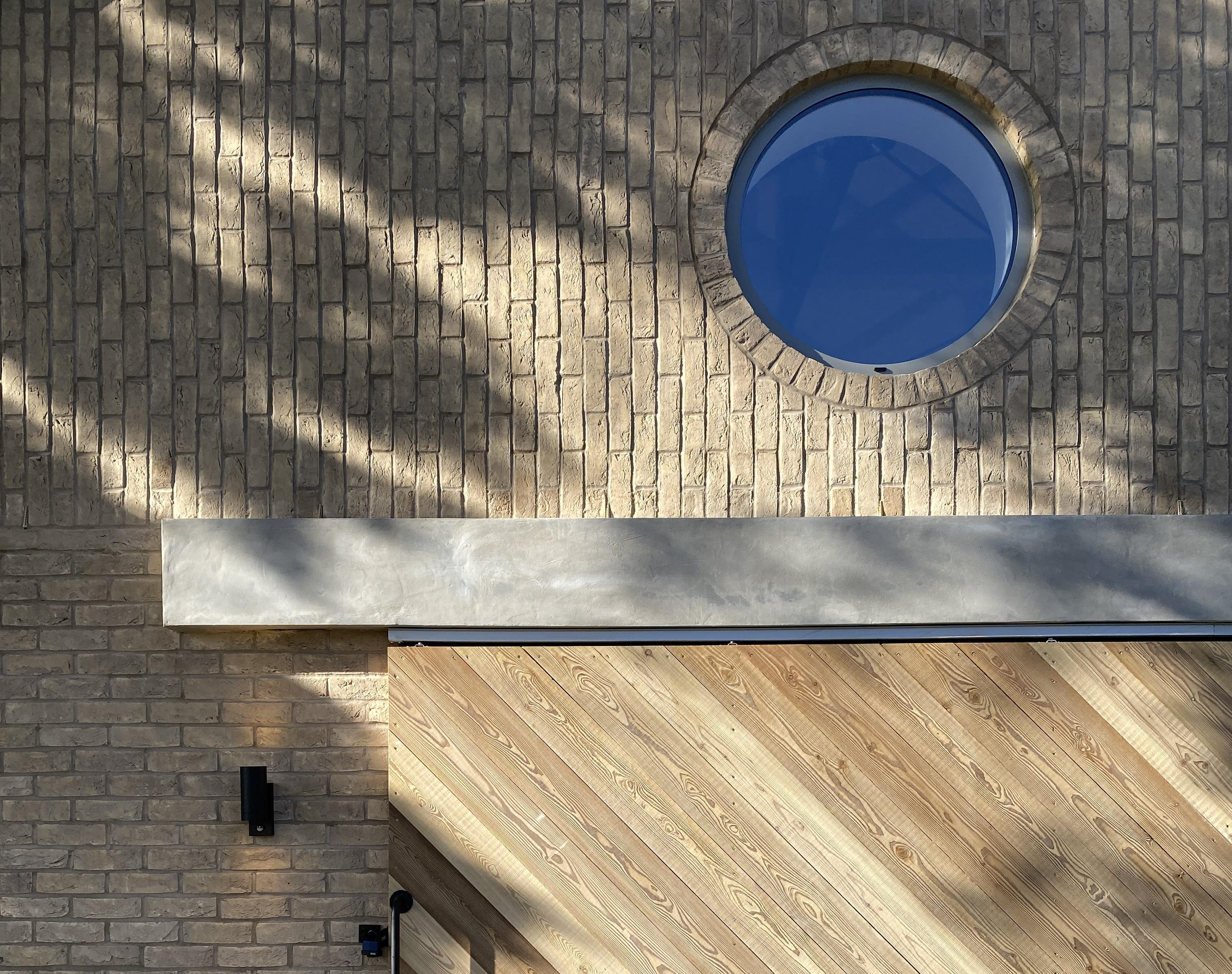Love Equals Football, Keta, Ghana
Proposal Budget $ 150,000 Cultural, community and sport As part of our volunteer work for Architecture for Humanity London, we are currently delivering a new football pitch and community centre for the Keta Sandlanders football club, a co-op in Keta, coastal Ghana, that provides local youth a place to foster sporting skills, a place for community activities, as well as guidance on sustainable farming techniques. Local contractors as well as the local community will construct the new centre out of earthbags, a simple solution to the expense of imported material and the lack of good soil on the site. It can be rendered to give the appearance of concrete block, an aesthetic concern that we have struggled with when specifying sustainable materials in Ghana. Justifiably, the prevailing opinion is that proper buildings are made from block and anything using earth is tribal and backwards. We hope to show that the new centre will not give the appearance of a 'mud hut' but a wonderful piece of lasting architecture that all can be proud of. With some of the local community helping with the easy construction techniques, perhaps by seeing the process the stigma can be removed. The centre is composed of two major elements: the inner, shaded area, and the outer wall and roof, sheltering the inner meeting area from the direct sun of the western and eastern aspects. The wing shaped roof orientated to the prevailing winds accelerates the airflow across the ceiling creating negative pressure that draws hot, stale air out from the meeting area. This is further assisted by the latticework wall enclosing the meeting room, a pattern directly related to the traditional patterns of the area for 'male' and 'female' fishing nets. At night, light filtering through the lattice will act as a beacon for the community in the lightly developed village. Finally, the model farm will serve to rekindle the vanishing shallot and coconut farms that once brought prosperity to the community. We look to use composting latrines as part of the holistic approach to architecture, and the resulting fertiliser used in the model farm as an example of sustainable living as well as improving sanitation and hygiene.

